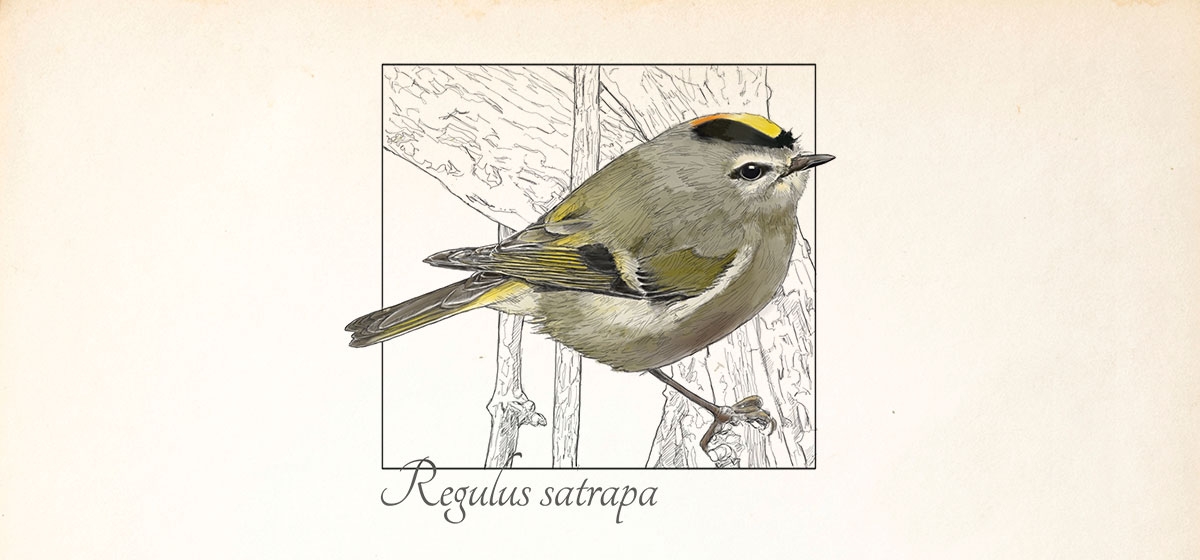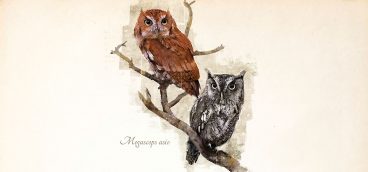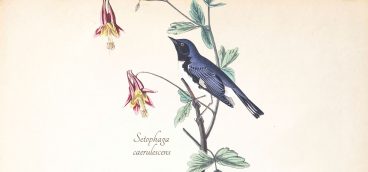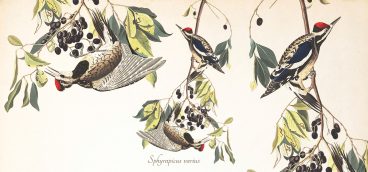
I was walking where the paved road turns to dirt at Hartwood Acres one winter day. The trees were creaking with cold. Dry leaves were tinged with a dusting of snow. The sky, all gray. Suddenly, there was a bird, small, moving fast. It landed on a sapling no more than 10 feet away and danced about. Not a chickadee. Not a nuthatch. Not a titmouse, all common winter species. This unusual winter bird was a golden-crowned kinglet.
There are two varieties of kinglet in our region, the golden-crowned and ruby-crowned. While the ruby-crowned generally passes through western Pennsylvania bound for boreal breeding grounds across Canada and then heads south again, I think of them as more common. The golden-crowned feels rarer and more elusive.
Golden-crowneds are gray from the belly to the beak. Their wings are an olive yellow. A black and white mask is stylish, if not even rakish. And then the crown: well deserving the name, the males sport a bright yellow crown with an orange stripe. The females wear just yellow. When agitated or territorial, the male’s crown pops up like a bright punk-rock mohawk, showing who the royalty really is.
If ever there were a bird that can’t hold still, it’s the golden-crowned kinglet. My grandparents would have said it has “shpilkes,” Yiddish for “ants in your pants” and apt for this small, hyperkinetic bird. It can easily fit in the palm of the hand and weighs only about 6 grams (think about the amount of sugar in the average snack—that’s far more, though this species acts as if it’s on a perpetual sugar high).
The golden-crowned kinglet is usually high up in the coniferous canopy in breeding season. Insectivores, they glean everything from crickets to bees to lice (thankfully, they’re appetizing to somebody!) when the weather allows. The wintering individual I was graced with probably was after a spider, mite, or moth, though they’ll turn to seeds in a cold snap. For all their perpetual motion, their metabolisms are on high even in the chilliest weather. These birds are comfortable when temperatures run far below zero, even as cold as 40 below. Truly amazing for such a sprite.
Let’s think of warmer months right now, spring and summer breeding season. In the heights of spruce and fir trees, kinglets build cup nests from moss, lichen and bark. Females will lay and then incubate creamy, speckled eggs, sometimes as many as 11, each the length of a pinky joint, and as often as twice a breeding season. Incubation and fledging take about a fortnight each, and then the juveniles are off.
The vocalization of the golden-crowned is “see-see-see.” It’s so high-pitched you might miss it, but if you can hear it, the birds will make themselves known. They respond to “pishing,” that pursed lip sound effect that birders make to mimic a general avian alarm call. Try it this winter to see if this feathered beauty might be close by!





